The Braveheart Captain Who Became A Hero For Generations of Indian Navy
Awarded the Maha Vir Chakra for conspicuous gallantry and dedication to duty, Captain Mahendra Nath Mulla is a man whose legacy continues to inspire generations of the Indian Navy.
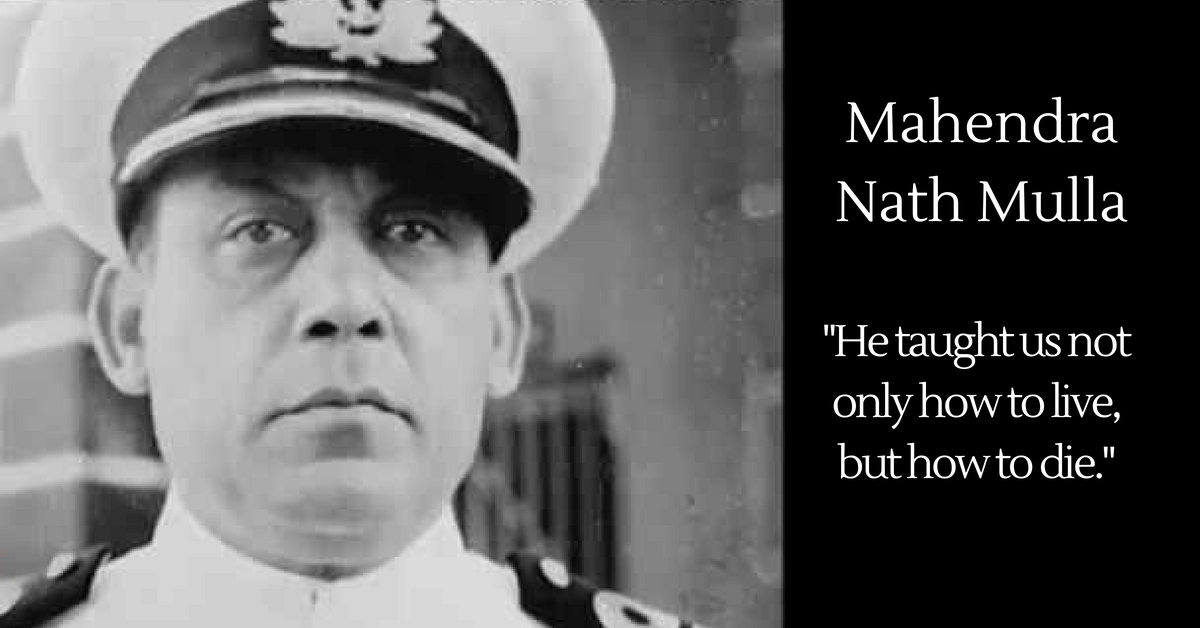
“Our flag does not fly because the wind moves it, it flies with the last breath of each soldier who died protecting it.” – Author Unknown
The legacy of India’s war heroes is as vast and varied as the country itself. Especially in the Indo-Pak war of 1971, when many brave young soldiers laid down their lives to defend the nation. It’s been forty seven years since then, but the unparalleled bravery and sacrifice of these bravehearts are still etched in the collective memory of the country.
However, few people know the story of Captain Mahendra Nath Mulla, a legend whose legacy continues to inspire generations of the Indian Navy.

The year was 1971. As dusk fell on December 3, at 5.45 PM, the Pakistan Air Force attacked six Indian airfields. The same night, IAF Canberra aircrafts struck Pakistani airfields as ground battles immediately commenced in nearly every sector.
The Indo-Pak War of 1971 had begun and soon enough, Indian Navy too joined the battle.
Two days later, on December 5, the Indian Navy detected the presence of a Pakistani Daphne-class submarine in north Arabian Sea — it was about 16 nautical miles from the coast of Diu. Acting immediately, the Navy directed its anti-submarine frigate squadron to locate and destroy it.
And so, on December 8, INS Khukri (commanded by Captain Mulla) and INS Kirpan sailed out of Bombay towards the location, unknowing of the tragedy that was to befall the former ship.
On December 9, INS Khukri (an Indian anti-submarine frigate of the F-14 squadron) was hit by torpedoes from Pakistani submarine PNS Hangor that had detected its approach.
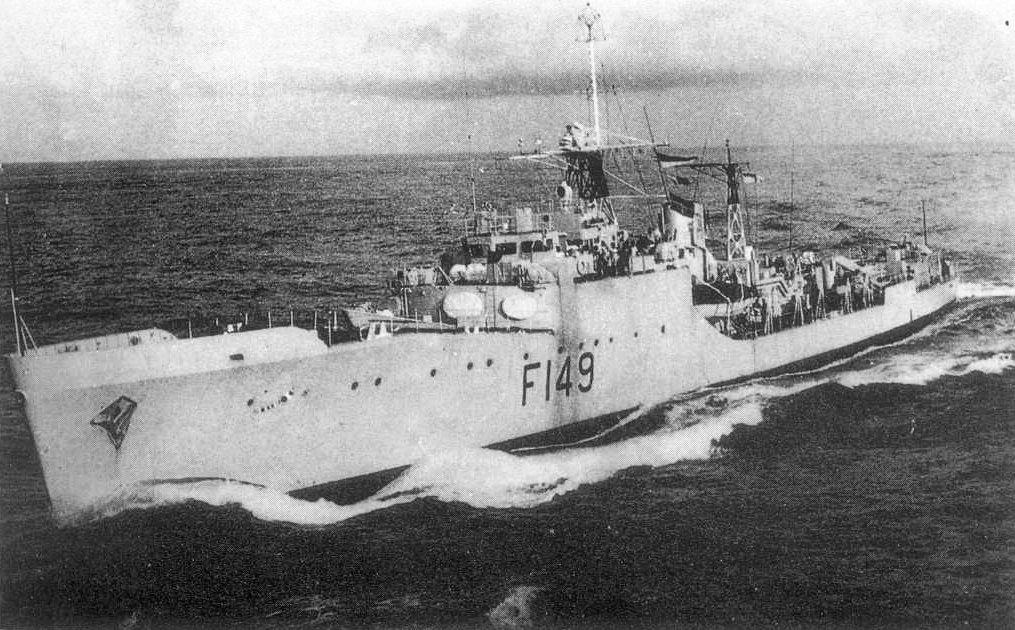
What made the Indian vessel an easy target for enemy torpedies was the presence of an experimental sonar equipment aboard that had been specially deployed for research.
The limitations placed by this equipment had drastically slowed down the movement of the Khukri to the submarine-detectable speed of 12 knots. Also, Khukri‘s sonar set could detect only up to 3,000 yards and it was no match to the Hangor that could fire from distances of nearly six kilometers.
As such, the Khukri began taking on water at a rapid pace after it was hit and it started sinking within minutes.
With time running out fast, Captain Mulla decided to abandon his attempts to save the ship and began overseeing rescue operations that would ensure that his crew was safe.
Aware that the the majority of his men were trapped below deck, he personally began helping as many as he could even though he was injured and bleeding from the head.
In those defining moments, Captain Mulla could have saved himself easily. But the incredible leader man chose to give his own life-saving gear to another sailor. Such was his courage and strength of character that he then went back to the bridge to direct as many of his men as possible to leave the ship before going down with his ship.
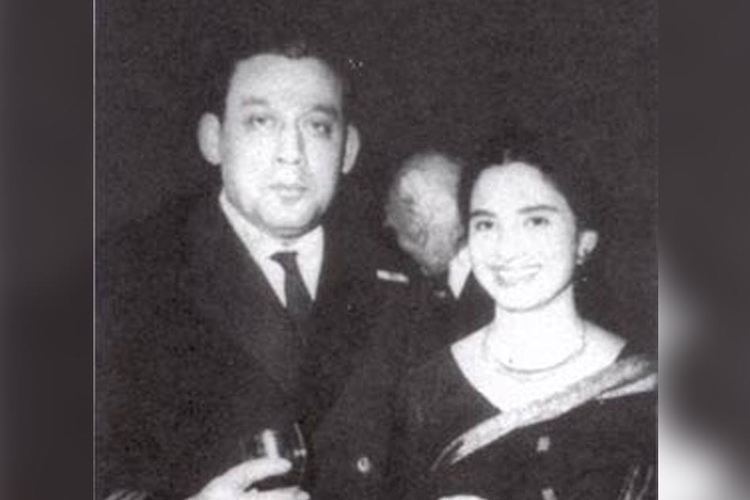
In fact, throughout the crisis, the man from Uttar Pradesh was calm, composed, and resolute. Several survivors would later recall having seen their Captain Mulla at the bridge, holding on to the guard rail as the ship slipped below the dark waters.
And so the Khukri sank to its watery grave in the Arabian Sea, taking with it 176 sailors, 18 officers, and braveheart captain.
67 men survived — they were rescued by INS Katchal next morning. It remains the only (and hopefully the last) naval ship that India has ever lost during a war. Captain Mull also remains the only Indian captain to go down with a vessel.
You May Like: Operation Trident,1971 – How Indian Navy Pulled Off One Of Its Greatest Victories
What Captain Mulla did in those last moments did not just lift the morale of Khukri’s surviving crew but of the entire Indian armed forces for years to come. As Major General (retd) Ian Cardozo, an infantry commander and author of The Sinking of INS Khukri: Survivors’ Stories, said at the aforementioned book’s release,
“In this brave and heroic action, Captain Mulla teaches us not only how to live, but how to die. The principles and values which he stood and lived for need to be taken on board by all of us so that we can become better citizens of this great country.
The manner in which he died upholds the highest the traditions of the armed forces and exemplifies the upper limits of cold courage. He believed that the nation comes first, that the men he commands come next, and his safety comes last.”
Captain Mulla was the first captain of independent India’s navy to go down with his ship. For his conspicuous gallantry and dedication to duty, he was posthumously honoured with the Maha Vir Chakra — India’s second highest military decoration after the Param Vir Chakra.
The martyrs of Khukri have also been honoured by the Indian Navy with a memorial at Diu. It constitutes of a scale model of the INS Khukri encased in a glass house and placed atop a hillock facing the sea.
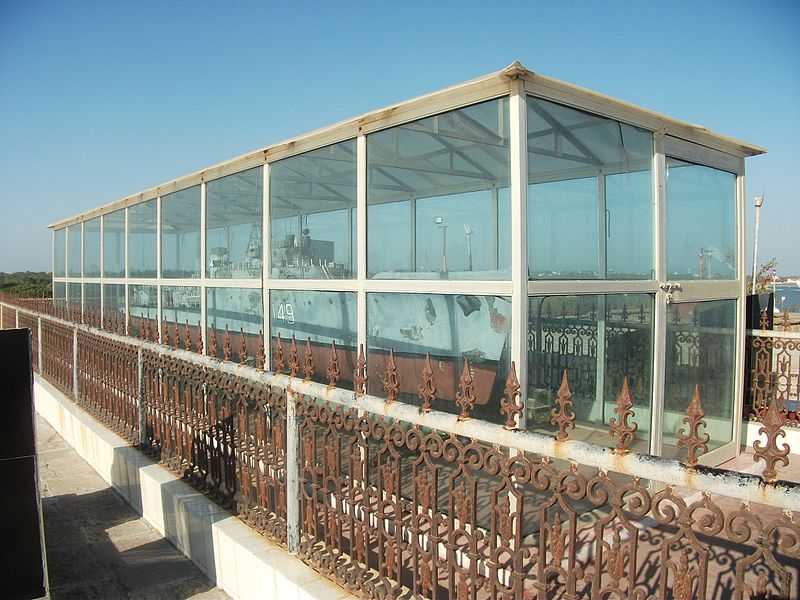
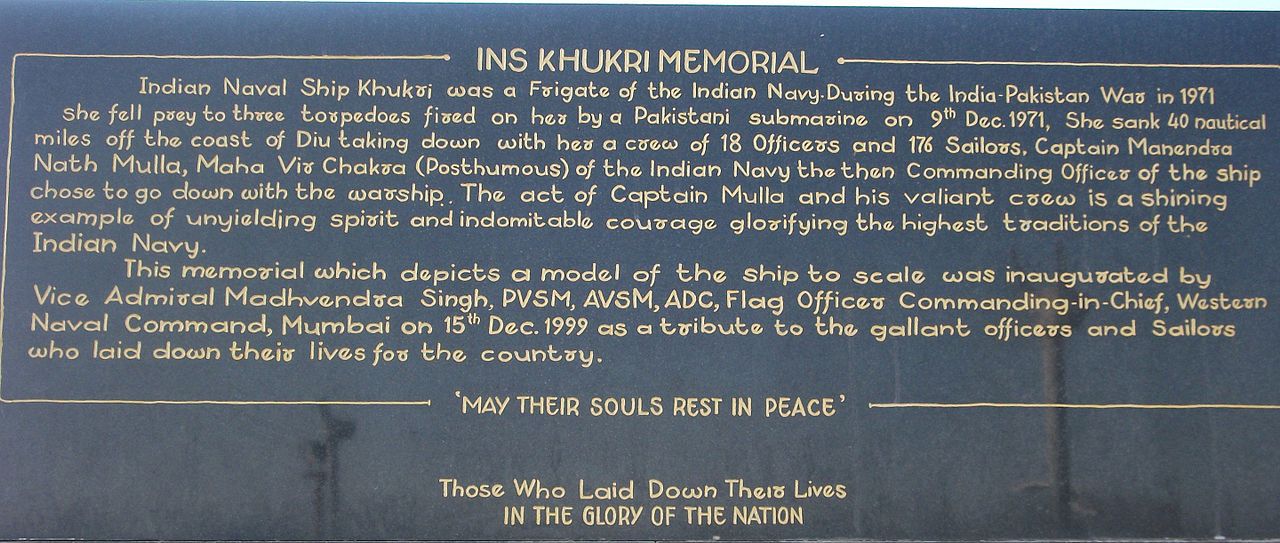
Interestingly, Captain Mulla was not the only member of his family with an exemplary sense of responsibility. His wife, Sudha Mulla, spent the year after the sinking of the Khukri single-mindedly taking steps to ensure that the families of all the deceased crew members were rehabilitated.
Soldiers like Captain Mahendra Nath Mulla are not born every day. The sacrifice of this brave warrior must forever be remembered with gratitude by the country he died protecting.
(Edited By Vinayak Hegde)
Also Read: The Ghazi Mystery — What Caused the Sinking of the Pakistani Submarine Near Vizag In 1971
Like this story? Or have something to share? Write to us: [email protected], or connect with us on Facebook and Twitter.
NEW: Click here to get positive news on WhatsApp!

Similar Story

Mohali Engg Student Designs UAV for IAF, Gets Interest From Defence Ministry!
A final-year student of BTech (Mechanical) at the Chandigarh Group of Colleges in Mohali, his design of an unmanned aerial vehicle (UAV) for the Indian Air Force (IAF) is gaining limelight among top brass, including the Department of Defence Production.
Read more >
If you found our stories insightful, informative, or even just enjoyable, we invite you to consider making a voluntary payment to support the work we do at The Better India. Your contribution helps us continue producing quality content that educates, inspires, and drives positive change.
Choose one of the payment options below for your contribution-
By paying for the stories you value, you directly contribute to sustaining our efforts focused on making a difference in the world. Together, let's ensure that impactful stories continue to be told and shared, enriching lives and communities alike.
Thank you for your support. Here are some frequently asked questions you might find helpful to know why you are contributing?


This story made me
-
97
-
121
-
89
-
167












